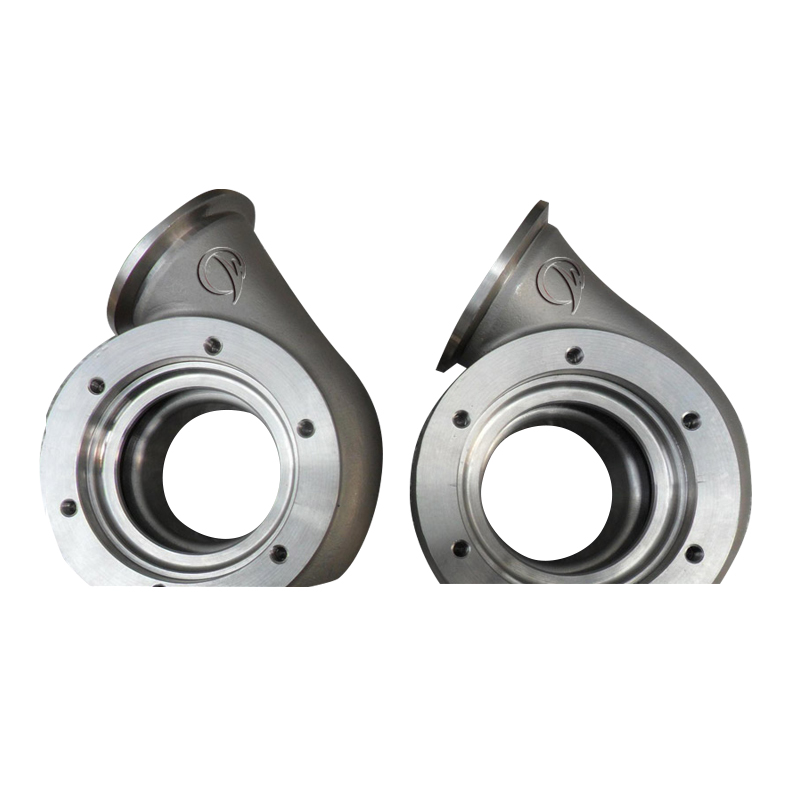 Main:+86 574 87907106
Main:+86 574 87907106
![]() Main:+86 574 87907106
Main:+86 574 87907106

Precision machining is the most important step in the manufacturing process. Finishing is the last step in the preparation of metal products. Finishing makes the product more resistant to corrosion, adds extra durability, and makes the surface look its best. Finishing provides higher electrical, chemical or corrosion resistance. The surface treatment of the product depends on its purpose.
Common metal surface treatment types for custom precision mechanical parts processing:
Metal plating-Metal workers use machines to apply thin layers of materials such as copper, nickel, chromium or aluminum. Sometimes metal plating involves gold, platinum and silver for decorative purposes. Metal coating improves corrosion resistance, surface friction and appearance
Brushed metal-Metal plating does not eliminate surface defects, so in some cases, brushed metal is a better choice. Abrasive belts or wire brushes can produce textures that hide surface defects.
Powder coating-Powder coating is decorative and more durable than paint. The dried plastic powder can be melted and applied to the surface in various colors and textures.
Thermal blackening-The machine applies black oxide on the outside of the product to apply a uniform matte black. Auto parts, tools and firearms are usually finished with thermal blackening.
Metal grinding-The grinder wears the edges and smooths the surface.
Metal vibration finishing-The operator uses a vibrating drum with abrasive particles for small pieces that need to be cleaned. Vibration finishing can eliminate sharp edges and eliminate blemishes.
Two-component epoxy resin-Two-component resin provides a smooth surface for fiberglass, steel, wood and aluminum. They add a moisture barrier and a reflective high-gloss finish to provide long-term UV protection.
Tar-Finishing tar contains natural resin, which can waterproof the surface and inhibit mold and fungus. Use tar on ships, outdoor stairs and other areas that need to be waterproof and resistant to organic materials.
Anodizing-The operator coats the aluminum surface with aluminum oxide. The aluminum oxide layer is resistant to corrosion and wear. Its cost is lower than similar surface treatments, and almost no maintenance is required. UV rays will not damage it, it will not chip or peel off, and it will not show fingerprints. It is available in different colors and finishes.
Galvanized-Galvanized material is coated with a protective layer of zinc. The most common process is to dip products into a bath of molten zinc to coat them. The cost of galvanizing is lower than many other finishing methods and has a long life expectancy. One benefit of galvanizing is that if it is damaged, the rest of the area is still protected, so minor damage does not need to be repaired.
Sandblasting-The operator uses sand or other abrasives to create a smooth texture at high speed. There are different types of sandblasting according to the level of cleanliness required by the project.
SP-6 sandblasting meets the minimum requirements for commercial sandblasting. It can remove streaks, discoloration and shadows caused by oxide scale. For jobs that require a higher level of cleaning than SP-6, SP-10 is a higher standard. 95% of the surface area must be free of visible residues to meet the SP-10 standard.
Brishine United Industry Co.,Limited
No 218, Dieyuan Road, Shounan Street, Yinzhou
315000, Ningbo, China
Main: +86 574 87907106
[email protected]